calsfoundation@cals.org
Clark County
| Region: | Southwest |
| County Seat: | Arkadelphia |
| Established: | December 15, 1818 |
| Parent County: | Arkansas |
| Population: | 21,446 (2020 Census) |
| Area: | 865.97 square miles (2020 Census) |
| Historical Population as per the U.S. Census: | |||||||||
|
1810 |
1820 |
1830 |
1840 |
1850 |
1860 |
1870 |
1880 |
1890 |
1900 |
|
– |
1,040 |
1,369 |
2,309 |
4,070 |
9,735 |
11,953 |
15,771 |
20,997 |
21,289 |
|
1910 |
1920 |
1930 |
1940 |
1950 |
1960 |
1970 |
1980 |
1990 |
2000 |
|
23,686 |
25,632 |
24,932 |
24,402 |
22,998 |
20,950 |
21,537 |
23,326 |
21,437 |
23,546 |
|
2010 |
2020 |
|
|
|
|
|
|
|
|
|
22,995 |
21,446 |
|
|
|
|
|
|
|
|
| Population Characteristics as per the 2020 U.S. Census: | ||
| White |
14,316 |
66.8% |
| African American |
5,127 |
23.9% |
| American Indian |
96 |
0.4% |
| Asian |
153 |
0.7% |
| Native Hawaiian or Other Pacific Islander |
18 |
0.1% |
| Some Other Race |
623 |
2.9% |
| Two or More Races |
1,113 |
5.2% |
| Hispanic Origin (may be of any race) |
1,092 |
5.1% |
| Population Density |
24.8 people per square mile |
|
| Median Household Income (2019) |
$41,620 |
|
| Per Capita Income (2015–2019) |
$21,337 |
|
| Percent of Population below Poverty Line (2019) |
20.3% |
|
Clark County was founded on December 15, 1818, as part of Missouri Territory. One of the original five counties composing Arkansas Territory when the territory was established in 1819, Clark County included all or parts of at least fifteen counties in present-day Arkansas and parts of six counties in what is now Oklahoma. The county was named for Missouri territorial governor William Clark of the Lewis and Clark Expedition.
The county is part of two of Arkansas’s natural regions—the Ouachita Mountains and the Gulf Coastal Plain—and its physical characteristics made the area ideal for farming and hunting. Before Europeans arrived, Native Americans, particularly the Caddo, inhabited the land containing heavy forests, abundant game, rich soil, clear streams, and salt. Archaeological evidence attests to the lengthy presence of the Indians in the area.
European Exploration and Settlement
In the sixteenth century, Hernando de Soto was the first European known to explore the Ouachita Mountains region. He was followed more than a century later by the French, who named many of the county’s topological features. By the late 1700s, Europeans continued to explore and occupy the area, but Indians had largely vacated the area.
Louisiana Purchase through Early Statehood
Permanent settlement by Americans occurred soon after the Louisiana Purchase in 1803. In 1809, William Blakely established a blacksmith shop on the west bank of the Ouachita River at a site called Blakelytown (later named Arkadelphia). Across the river to the east, John Hemphill began operating a salt factory, one of the state’s earliest manufacturing concerns. By 1812, Jacob Barkman, often called the “Father of Clark County,” opened traffic on the Ouachita River to New Orleans, Louisiana, first by pirogue and keelboat and, in 1830, by steamboat. Barkman’s home served as the site of the first county court, the first post office, a stagecoach stop, a racetrack, and an ill-fated textile mill. Blakelytown’s first general store opened in 1817, operated by J. S. T. Callaway. Jonathan O. Callaway is credited with having built the town’s first hotel in 1843, and shortly thereafter, the Spence Hotel was constructed and became a well-known stopping place in the region. Moses Collins arrived in the county in 1830 and built a sawmill and a gristmill on Terre Noir Creek. A brickyard was established the same year. Reflecting the emphasis on the region’s abundant natural resources, agriculture dominated antebellum Clark County’s economy. As in much of Arkansas, cotton’s importance grew throughout the antebellum period, and slavery was common throughout the county.
In the 1830s, the Military Road was constructed along the Southwest Trail through Clark County and passed near Barkman’s home. This road became the county’s main land transportation artery. Today, U.S. 67 and Interstate 30 cross the Caddo River within a few hundred yards of Barkman’s former residence. U.S. 7 also traverses the county.
Among the county’s noted settlers was Meriwether Lewis Randolph, grandson of Thomas Jefferson. Randolph, Arkansas’s last territorial secretary, and his wife, a grandniece of Rachel Jackson (Andrew Jackson’s wife), moved to southern Clark County in 1836. After his death in 1837, Randolph was buried on the grounds of his plantation near Gurdon.
The early county seats were in or near the homes of Barkman on the Caddo and Adam Stroud near Hollywood. The county seat was also at Biscoeville. In 1831, the seat of government was established at Greenville, where it remained until 1842, when it moved to Blakelytown. Blakelytown was renamed Arkadelphia, and a courthouse was constructed. The present courthouse was built in 1899.
Churches and schools were priorities for early settlers. William Frederick Browning settled in northwest Clark County in 1841 near the present-day Amity and established a church and school by 1848. Oakland Academy opened in 1847 as a result of the effort of Michael Bozeman, who settled west of Arkadelphia in 1835 and began a large farming operation. His Greek Revival home is considered the county’s oldest residence. By 1859, three churches, the Arkansas Institute for the Blind, and several academies operated in Arkadelphia. Ouachita Baptist College (now Ouachita Baptist University) was founded in 1886, followed by Arkadelphia Methodist College (later Henderson-Brown College) in 1890. (Henderson-Brown College merged with Hendrix College in 1929, and the campus in Arkadelphia was transferred to state control. Henderson State Teachers College opened on the campus the same year and the institution eventually grew into Henderson State University.) Numerous other institutions of education have operated in the county, including the Arkadelphia Male and Female Institute, the Okolona Male and Female Institute, Arkadelphia Presbyterian Academy, and Arkadelphia Baptist Academy.
By the twenty-first century, public schools had been consolidated into three major districts—Arkadelphia, Gurdon, and Centerpoint—and Arkadelphia’s two universities make education an important component of the county. Arkadelphia has even been called “the Athens of Arkansas” because of the number and prominence of its educational institutions.
Religion played an important role in the lives of early Clark Countians, and they organized churches soon after settling. Dr. Willis S. Smith may have taught what was the county’s first Sunday school in Okolona in 1833. Mount Bethel Baptist Church, six miles west of Arkadelphia, was founded in 1836 and is one of the oldest Baptist churches in west Arkansas. Manchester Methodist Church was organized in the Manchester community in 1837, and the congregation built a church there in 1844. Members of Bethlehem Baptist Church in Whelen Springs first met in 1851. African Americans in the eastern part of the county began services at Mount Morriah Baptist Church in 1869. Baptists, Methodists, and Presbyterians all established congregations in Arkadelphia before the Civil War.
Civil War through the Gilded Age
The county had become a thriving community of agriculture, commerce, and education by 1860. The federal census that year reported that the county included 7,516 white residents with 2,214 enslaved persons and five free Blacks. The enslaved population made up twenty-three percent of the total population of Clark County, with the population of the entire state approximately twenty-five percent enslaved.
Harris Flanagin, an Arkadelphia attorney and the owner of at least seven enslaved persons in 1860, represented the county at the Secession Convention. With the onset of the Civil War, the county provided many volunteers to the Confederate cause. Arkadelphia became a major depot for the Trans-Mississippi Confederate States Army, making vital war materials such as salt, munitions, artillery, clothing, leather goods, and medicines; the town had an ordnance works, the equipment of which was moved to Marshall, Texas, late in the war but which produced light artillery, pistols, rifles, and more. Although Clark County saw no major battles, the Union army briefly occupied Arkadelphia as General Frederick Steele’s forces marched through the county on the way to Camden (Ouachita County) in March 1864. Upon departing the town, Confederate forces began harassing the Federal forces, leading to skirmishes near Arkadelphia and on Terre Norie Creek followed by the first major engagement of the campaign, the Engagement at Elkin’s Ferry on the Little Missouri River. Harris Flanagin served as the state’s Confederate governor during much of the Civil War.
Clark County suffered from the effects of war as did the rest of Arkansas. Impoverished and disfranchised citizens emerged slowly from the effects of war and Reconstruction until the Cairo and Fulton Railroad’s completion through Arkadelphia in 1873. Before this, the Ouachita River served as a major transportation outlet, but the river declined in importance after the railroad arrived. Arkadelphia became a principal transportation hub in southwest Arkansas, and the railroad provided the impetus for a new industry revolving around forest products. The railroad and growing timber industry brought wealth to the county and helped spur the construction of multiple buildings, both public and private. Private homes including the Captain Henderson House, the June Sandidge House, and the Horace Estes House are three examples of houses constructed by men involved in the timber and rail industries. Buildings constructed to serve the public by the railroad included depots at both Arkadelphia and Gurdon. New mill towns, some short-lived, sprang up along almost every spur. Gurdon, incorporated in 1880, became a prosperous railroad and lumber center. By 1890, forest products ranked next to agriculture as a financial resource. Modern technological developments established the industry’s continued importance in the county’s economy. The Concatenated Order of Hoo-Hoo, a fraternal organization of lumbermen, was founded in Gurdon and continues to be based there. The Hoo-Hoo Monument commemorates the founding of the fraternity in Gurdon. Mary Smith, the order’s only female member until the 1990s, was a resident of nearby Smithton.
The county was the site of multiple incidents of racial violence in the later nineteenth and early twentieth centuries. An African American man named Wash Atkinson was hanged from a railroad bridge in 1877, and three members of the Daniels family were lynched in Arkadelphia in 1879. Additional lynchings took place near Gurdon, with men killed in 1892, and 1903.
Early Twentieth Century through the Faubus Era
Clark County suffered along with the rest of Arkansas from the effects of the Great Depression. For example, the Arkadelphia Milling Company closed in 1932. The company was a major manufacturer of flour, meal, stock fee, and staves and had been one of the Missouri-Pacific Railroad’s biggest customers in Arkansas. Farming in the 1930s continued to focus on cotton and small truck products, but that focus changed as the result of controls placed on production of certain crops by the National Recovery Act. Also in response to difficult economic times, community leaders initiated their first serious efforts to develop tourism. Attempts to draw travelers through the area were successful to the extent that Ripley’s Believe It or Not proclaimed that Arkadelphia had more service stations than churches.
World War II stimulated the development of small industry in the county. Employment rose, businesses expanded, and overall economic improvement occurred as the result of government wartime spending. Farm mechanization after World War II changed Clark County’s population distribution. From 1930 to 1970, the county lost 13.6 percent of its population, while Arkadelphia’s grew from 13.6 percent to 45.7 percent of the total, following a general population shift in Arkansas from rural to urban areas. Businesses began or continued operations in a variety of industries following the war. Companies such as Hollywood Maxwell, Oberman Manufacturing, Reynolds Metals, Gurdon Lumber Company, Barringer Lumber Company, Bean Lumber Company, Tectum Corporation, International Paper, Levi Strauss, and Ouachita Marine played an important role in the area’s economy. The construction of Interstate 30 in the 1970s brought some growth to the county, with the city of Caddo Valley incorporated in 1974 in a strategic location at the intersection of the interstate, U.S. Highway 67, Arkansas Highway 7, and near both the Caddo and Ouachita Rivers.
Divergent Prosperity and the Arc of Reform through Modern Era
Clark County’s economy declined in the early to mid-1980s. The county lost approximately 1,000 manufacturing jobs between 1980 and 1987, when several major plants closed, including Reynolds Metals, Levi Strauss & Co., and Torrington/Fafnir Bearing Company. But, as the 1980s ended, the county experienced some revitalization as businesses began or reopened their operations. The Value Line furniture manufacturing facility opened in 1985; AALF’s Manufacturing reopened the Levi plant in 1988; Petit Jean Poultry began processing chickens in the Clark County Industrial Park; Carrier Corporation bought the Fafnir plant; Rohr Industries opened its jet engine housing components plant; and in 1993, Reynolds Metals began operating a facility to treat spent potliner in its previously closed Gum Springs plant. The manufacturing economy of the county continued to grow and contract over the decades, with industrial businesses operating alongside the timber industry and education as the major employers in the area.
The completion of DeGray Dam and Lake near the small community of De Gray and along the Caddo River in the 1970s added tourism and recreation as major components of the economy. DeGray Lake Resort State Park, which includes land in both Clark and Hot Spring counties, draws thousands of tourists to the area each year. Together with education, agriculture, and the forest products industry, these resources continue to provide the foundation for Clark County’s economic future.
For additional information:
Clark County Historical Journal. Arkadelphia, AR: Clark County Historical Association (1973–).
May, Joe. The Way We Were: A Pictorial History of Clark County. Hurst, TX: Curtis Media, 1995.
Nelson, Grace Benton. The Life and Times of Meriwether Lewis Randolph: Grandson of Thomas Jefferson and Arkansas’s Last Territorial Secretary. Arkadelphia, AR : Clark County Historical Association, 2014.
Richter, Wendy, ed. Clark County, Arkansas: Past and Present. Arkadelphia, AR: Clark County Historical Association, 1992.
Syler, Allen B. Syler, et al., compilers. Through the Eyes of Farrar Newberry: Clark County, Arkansas. Arkadelphia, AR: Clark County Historical Association, 2002.
Norma S. Arnold
San Antonio, Texas
Wendy Richter
Arkansas History Commission
Revised 2022, David Sesser, Henderson State University
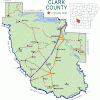

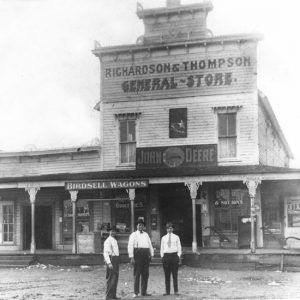
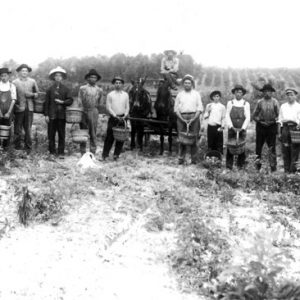
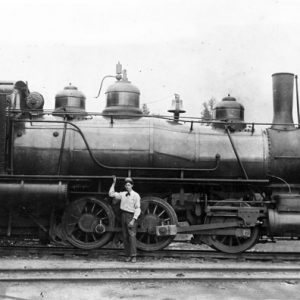
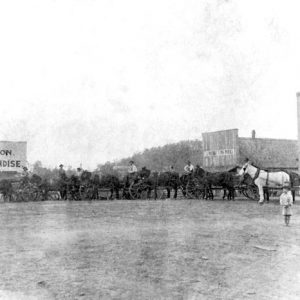
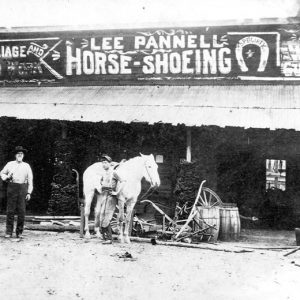
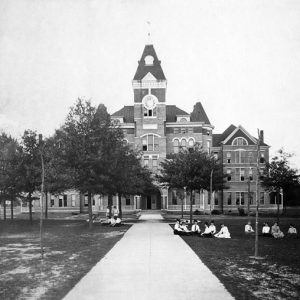
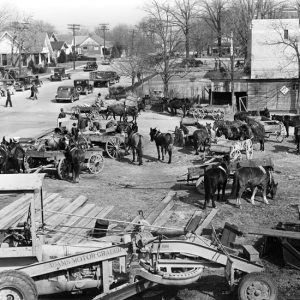
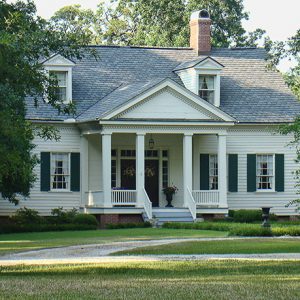
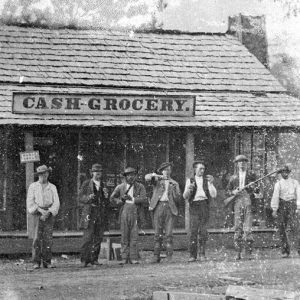
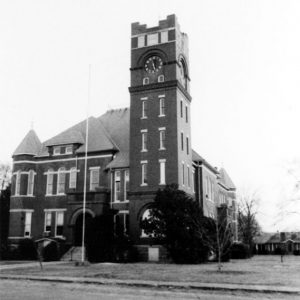
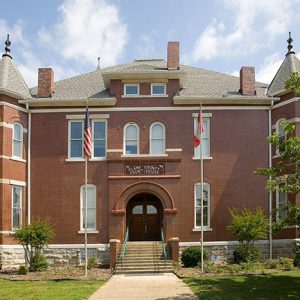
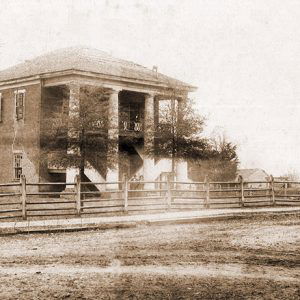
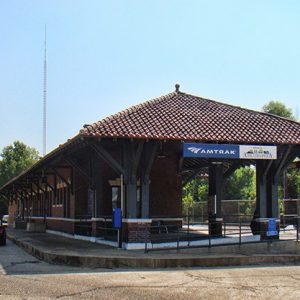
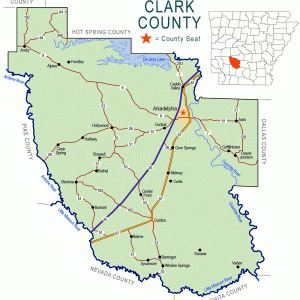
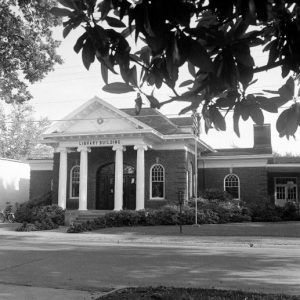

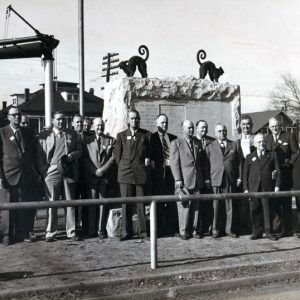
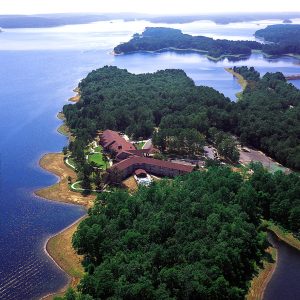
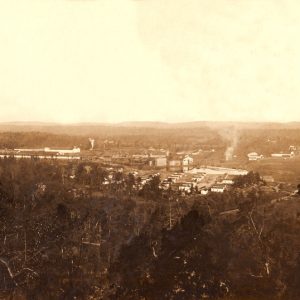
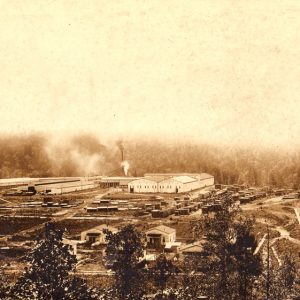
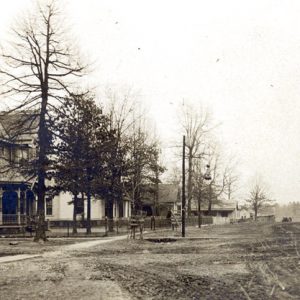
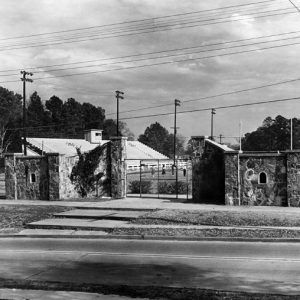
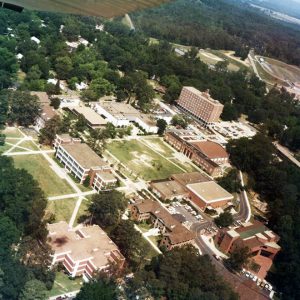
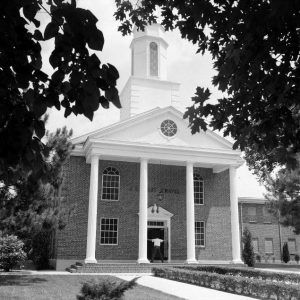
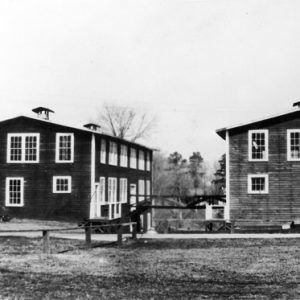
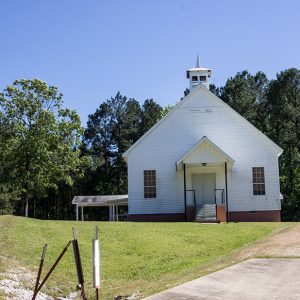





Comments
No comments on this entry yet.